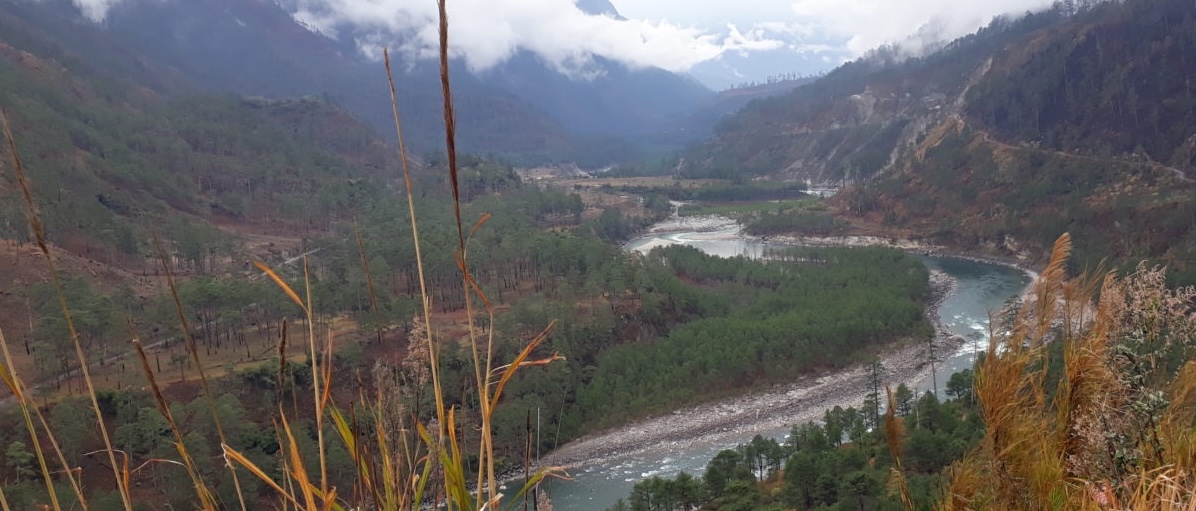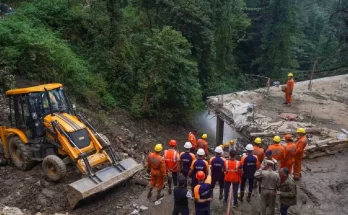Even as a panel probes the deaths, sources say poaching and retaliatory killings cannot be ruled out.

Royal Bengal Tiger (Photo Credit: Pexels)
The death of four tigers in 10 days in Dudhwa Tiger Reserve, Uttar Pradesh, just weeks ahead of the release of state-wise tiger census data, has rattled the entire forest conservation community. The National Tiger Conservation Authority (NTCA) has formed a committee to probe the deaths.
And it is not just tigers. “Dudhwa lost one leopard, two elephants, and two rhino calves in a span of about two months,” sources said.
The last viable home of the Royal Bengal Tiger in the state, the Dudhwa Tiger Reserve is located in the Lakhimpur-Kheri district in UP. Three Protected Areas – Dudhwa National Park, Kishanpur Wildlife Sanctuary, and Katarniaghat Wildlife Sanctuary – together form the Dudhwa Tiger Reserve under Project Tiger. The region represents the best natural forests and grasslands left in the state’s Terai region.
The NTCA, a body under the Ministry of Environment, Forest and Climate Change (MoEF&CC), has formed a probe panel comprising Shailesh Prasad, retired Principal Chief Conservator of Forests from UP; wildlife conservationist Dr RK Singh; and Hemant Singh, Assistant Inspector General of Forests, NTCA, as its convener.
“The Terms of Reference for the Committee includes inquiring into the death of tigers at Dudhwa Tiger Reserve and to ascertain if the SOP and guidelines of NTCA were followed in managing the conflict situation,” Dr SP Yadav, Additional Director General of Forests, MoEF&CC, and NTCA Member Secretary, told News9 Plus on June 13.
The committee is to submit a report within 15 days.
Uttar Pradesh Chief Minister Yogi Adityanath, too, had earlier given orders to probe the tiger deaths in order to “prepare a preventive action plan to reduce tiger mortality.” On his directions, the state’s Forest Minister and two top forest officials visited Dudhwa on Saturday, June 10.
B Prabhakar, Field Director of Dudhwa Tiger Reserve, DFO, and three forest rangers have been removed from their posts. Bareilly’s Chief Conservator of Forests Lalit Verma has taken charge as Dudhwa’s Field Director.
Tiger habitat fragmentation and thinning prey base?
As per NTCA, Kishanpur (204 sq km) was declared a wildlife sanctuary in 1972, followed by Katarniaghat (440 sq km) in 1975, and Dudhwa National Park (680 sq km) in 1977. Though the three protected areas are physically separate, each consists of unbroken tracts of dense forests. These Terai ecosystems are highly productive habitats of diverse flora and fauna and home to a considerable number of obligate species and species of restricted distribution.
The post-mortem report of two of the four tiger carcasses reportedly revealed head injuries “suggesting that it was attacked by bigger animal”.
Kritika Ranjan, a lawyer volunteer with non-profit Wildlife Conservation Society, told News9 Plus: “The entire Terai belt has seen a massive landscape change leading to habitat fragmentation. There is a large-scale sugarcane plantation that is increasing by the year. Kishanpur has large-scale sugarcane farming. In the nearby Pilibhit, certain tigers are known as ‘Sugarcane Tigers’ as they are found mostly in such fields.”
Ranjan also drew attention to the lack of prey-base management and grassland management. “The cheetal population has dwindled drastically. I have been visiting the area for seven years at least, and every time, I notice lesser sightings,” she said.
Local media reports on Tuesday also suggested that a red alert has been sounded in the Lakhimpur-Kheri part of Dudhwa Tiger Reserve with an intensification of patrolling after Uttarakhand Forest Department shared inputs about poaching activities along state borders.
As the tiger reserve lies along the porous Indo-Nepal border, poachers have a quick escape across the Nepal border. A source in the ministry said, “We cannot rule out the possibility of poaching. But given the human population nearby, there are chances of retaliatory killings, too.”
Bivash Pandav, a scientist from the Wildlife Institute of India, Dehradun, who has visited the Terai belt a number of times, disagreed that the prey base was dwindling: “If the number of tigers is increasing by the year, the prey base cannot decline.”
“For a tiger, sugarcane fields are equally good grasslands. Wild pigs are found in sugarcane fields and tigers prey on them,” Pandav said.
The increasing tiger numbers are, in fact, the reason for conflict with humans, he added. “As the tiger numbers increase, they need to disperse. In that process of dispersal, the tigers come into human-dominated areas,” Pandav explained.
There is yet another concern: the encroachment in the buffer areas of the tiger reserve. More than 9,200 hectare of forest land has been encroached on by the farmers of the Lakhimpur-Kheri area, says a recent news report.
Encroachment is part of the larger problem of relocating people from inside the tiger reserve. In 2021, the UP Forest Department had declared that it would relocate 14 villages from the Dudhwa Tiger Reserve. The officials had said there is a policy in place and a survey would begin soon. But there has been a lot of resistance from the people.
Tiger numbers rise in Shivalik Hills
Tiger census data over the years has shown that the Shivalik Hills and Gangetic plains have witnessed an increase in tiger numbers. The 2022 estimation found 804 tigers. The numbers were 297 in 2006, 353 in 2010, 485 in 2014, and 646 in 2018.
Spanning across several states, the Shivalik Hills and Gangetic plains include five important tiger reserves and several other protected areas, including Corbett, Rajaji, Pilibhit, Dudhwa, and Valmiki. The forest patches are connected via 13 essential narrow corridors.
The 2022 Tiger Estimation report drew attention to how this region “has undergone considerable change due to anthropogenic activities”. “Another important facet of this landscape is that those tiger reserves located in UP and Bihar are linked through the forests of Nepal, making cross-border cooperation critical to preserve this invaluable natural heritage of both India and Nepal,” it stated.
“The area supports highly endangered wildlife like Barasingha, one-horned rhinoceros, Bengal florican, Hispid hare, Hog deer, wolf, and hyena. This highly productive landscape with high ungulate density sustains some of the highest density tiger populations in the world,” the report added.
Earlier in April, Prime Minister Narendra Modi announced the total number of tigers (3,167) across India when he released the Summary of Tiger Estimation data from 2022. In July, the NTCA and the MoEF&CC are set to release state-wise and tiger reserve-wise data. The death of four tigers and a leopard in a short span has rattled the entire forest machinery in the state as well as the Centre.
The Mahabharat verse PM Modi quoted in his message for the Summary of Tiger Estimation Report 2022 perfectly highlights the importance of tigers for the forest.
निर्वनो वध्यते व्याघ्रो निर्व्याघ्रं छिद्यते वनम्। तस्माद्व्याघ्रो वनं रक्षेद्वयं व्याघ्रं च पालयेत् ॥
(Mahabharat – Udyoga Parva: 5.29.57)
Loosely translated, it says, “If there is no forest, then the tiger gets killed; if there is no tiger, then the forest gets destroyed. Hence, the tiger protects the forest and the forest guards the tiger.”
(This story first appeared on news9live.com on Jun 13, 2023 and can be read here.)



